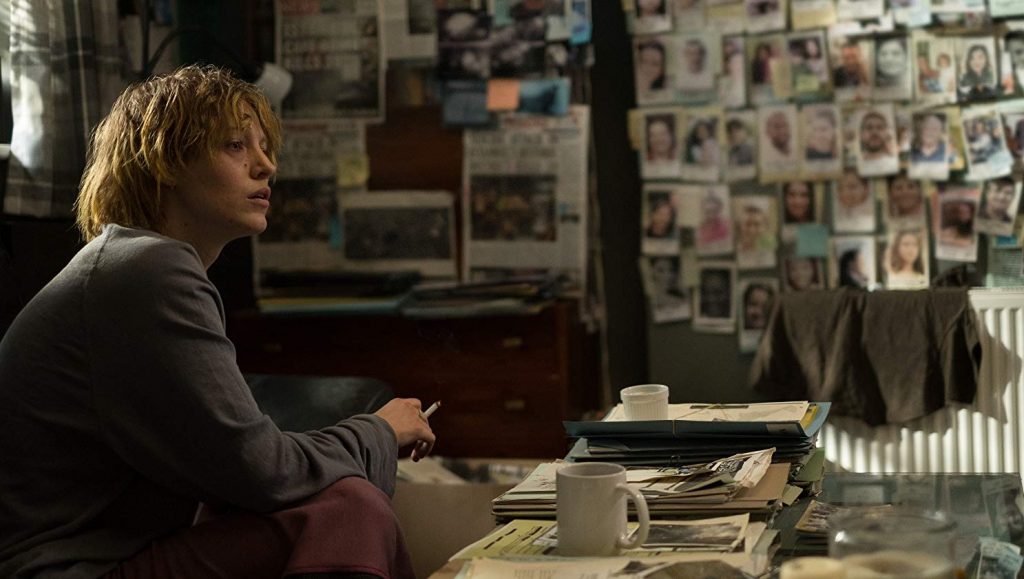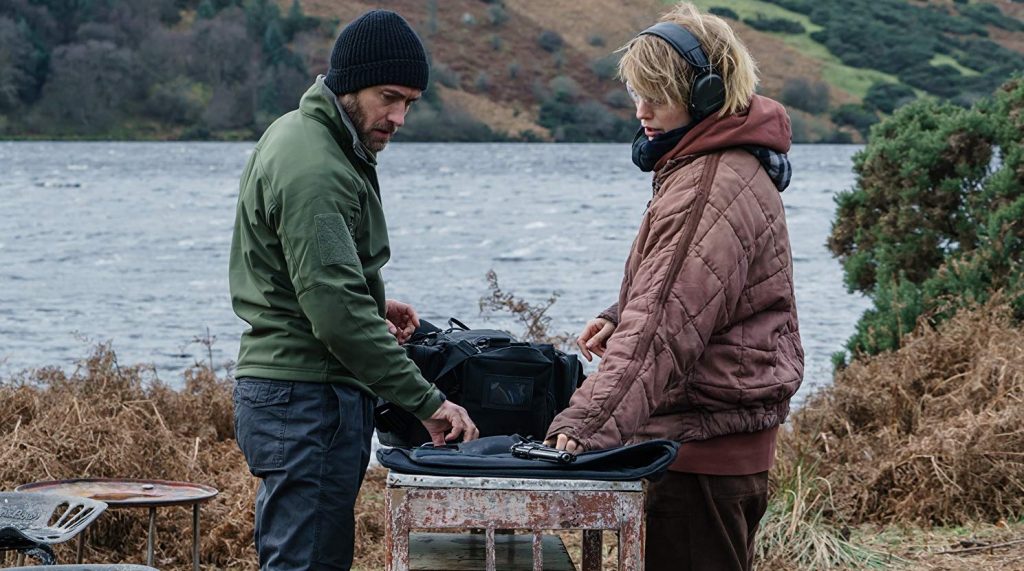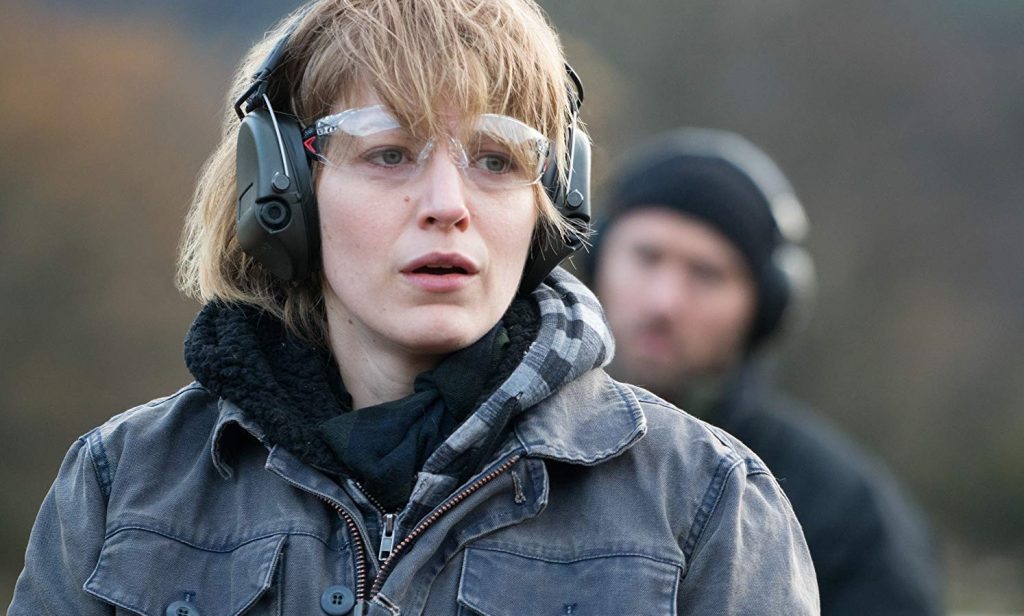
Ever wonder about the origins of superspy James Bond and asked yourself questions like whether a personal trauma during his formative years might have pushed him to join MI6, or what the training regimen one needs to take on to become an elite fighting machine might be? Well, the new film The Rhythm Section does an unintentionally effective job of explaining why filmmakers haven’t tackled these issues on the big screen. The answers just aren’t as surprising, exciting or interesting as one might hope for.

The protagonist in this feature is Stephanie Patrick (Blake Lively), a young English woman deeply distressed by the death of her family in a plane crash. After escaping into a world of prostitution and drugs to avoid dealing with the loss, she’s visited by journalist, Proctor (Raza Jaffrey). He informs her that according to his source, the tragedy was a terrorist attack. After learning that the bombmaker (Tawfeek Barhom) is still walking around free in the city, Stephanie decides to enact revenge. It doesn’t go as planned, but it does inspire her to find Proctor’s informant, ex-MI6 agent Iain Boyd (Jude Law). He’s none-to-pleased about her appearance, but agrees to train her so that she can deliver vengeance.

If you’re wondering why a secret service agent would think it a great idea to train a kid with no experience and a drug problem to be a killer and then send her out on a secret, deadly and very personal mission that could also implicate and endanger him, you wouldn’t be alone. The movie does its best to explain why Stephanie could certainly be an assassin, noting that she was a brilliant Oxford student before falling prey to her vices. Yet it still comes across as more than a stretch, as does Iain’s philosophy on how to be a top-notch assassin, which he sums up in a simple sentence or two (at least that bit explains the film’s odd title).
Perhaps if the tone were lighter, one might give the far-fetched elements a pass. However, the performances and approach to the story are incredibly somber and serious. Even the occasional attempts at humor are flatly delivered. And as a drama, the story elements don’t work either. Stephanie herself seems to be suffering from an identity crisis, trying to find herself by taking on a series of alternate identities. Yet this aspect isn’t examined in depth. We simply get repeated scenes of the spy donning a new disguise, followed by acts of violence and the character sitting and shedding tears (along with gauzy, soundless flashbacks of her family during happier times). It isn’t long before it all feels like a bit of a slog.

At least there is one impressive bit of action later in the film involving an execution and car chase. It follows Stephanie as she is pursued and veers through tight city streets. The camera stays on the protagonist and takes in what’s occurring through the windshield and windows without cutting away. This is an interesting approach that does provide tension as the character gets blocked in and tries to squeeze her vehicle through impediments to safety, briefly adding some life back into the film. And there’s some decent onscreen chemistry later in the film between Stephanie and Marc Serra (Sterling K. Brown), a character whose fate ends up resting in her hands.

Unfortunately, it doesn’t come together to deliver insight or provide enough electricity between the characters. And while the familiar origin story and plot issues could have been overlooked with some humor or exaggerated eccentricities, the dour and drab heaviness weighs it all down. In the end, The Rhythm Section doesn’t hit the right notes or create a lasting melody.


